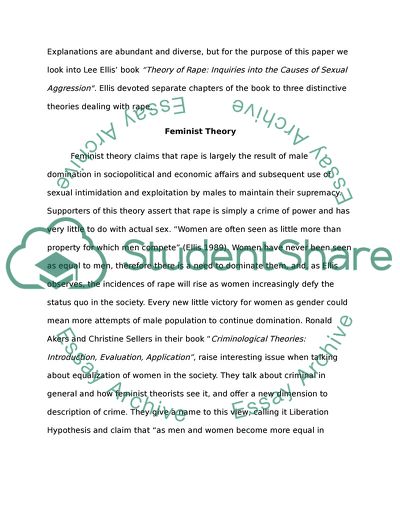Cite this document
(Rape Abuse Rate from Criminology Point of View Research Paper, n.d.)
Rape Abuse Rate from Criminology Point of View Research Paper. Retrieved from https://studentshare.org/law/1572662-criminology
Rape Abuse Rate from Criminology Point of View Research Paper. Retrieved from https://studentshare.org/law/1572662-criminology
(Rape Abuse Rate from Criminology Point of View Research Paper)
Rape Abuse Rate from Criminology Point of View Research Paper. https://studentshare.org/law/1572662-criminology.
Rape Abuse Rate from Criminology Point of View Research Paper. https://studentshare.org/law/1572662-criminology.
“Rape Abuse Rate from Criminology Point of View Research Paper”, n.d. https://studentshare.org/law/1572662-criminology.


